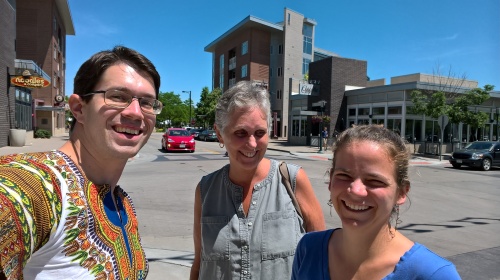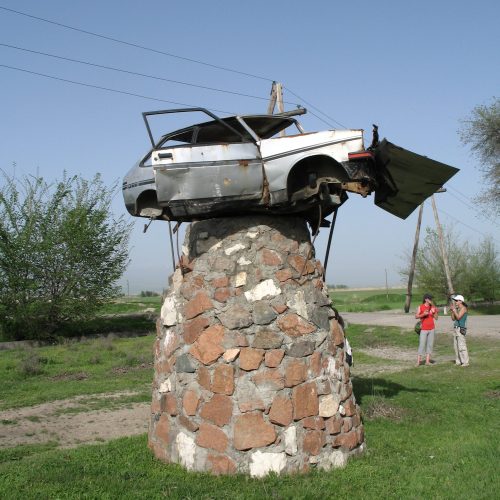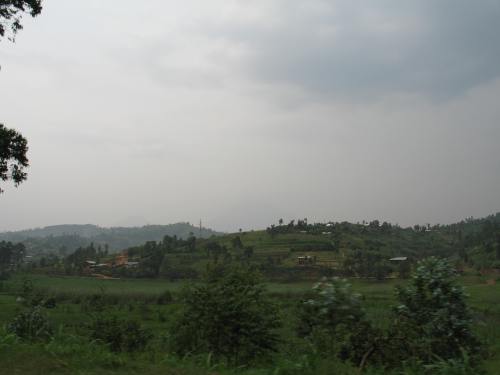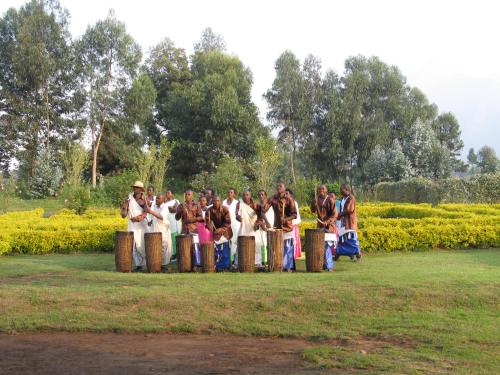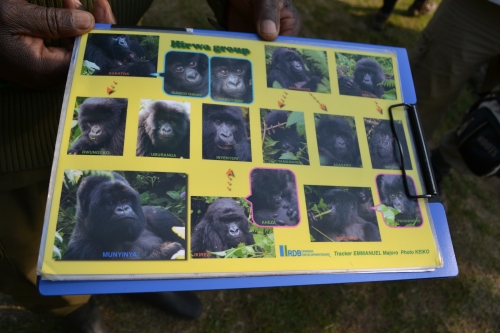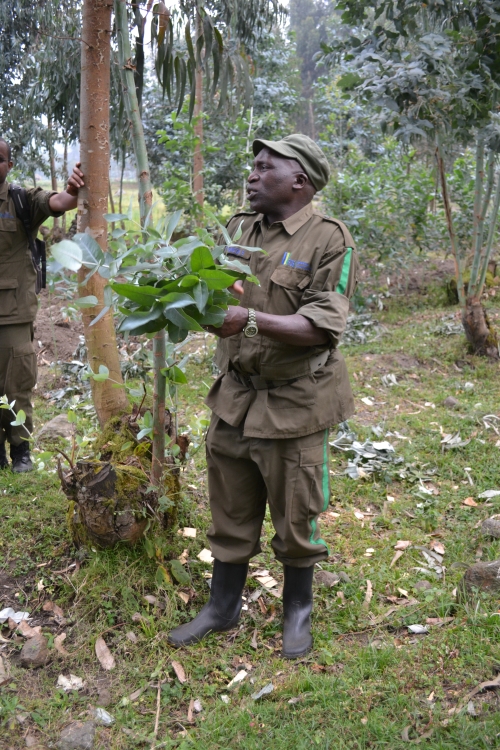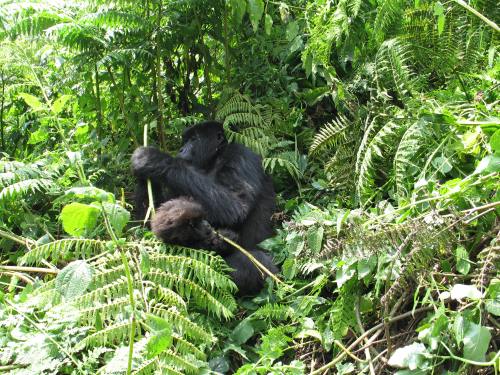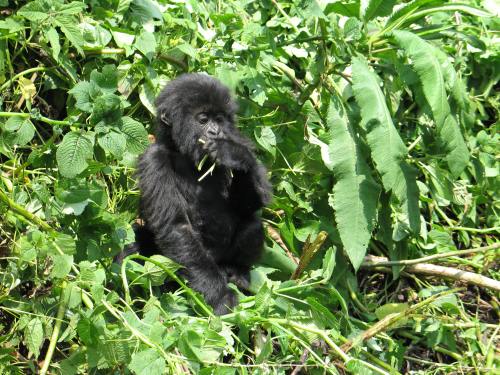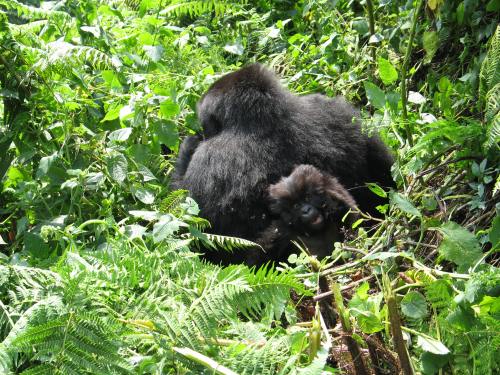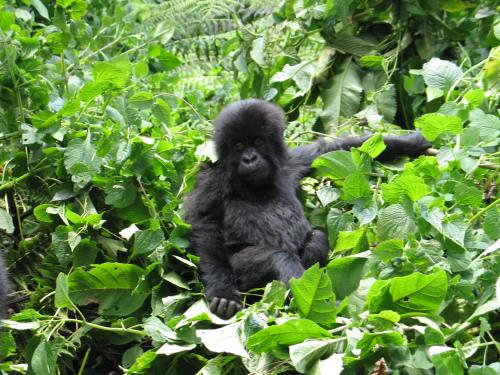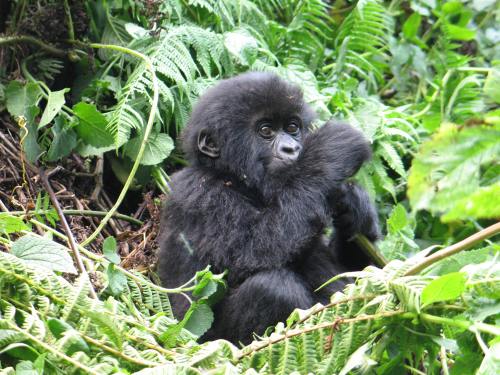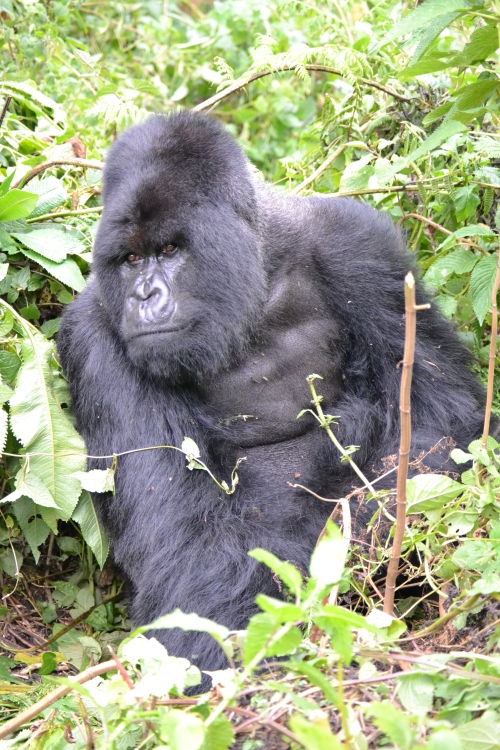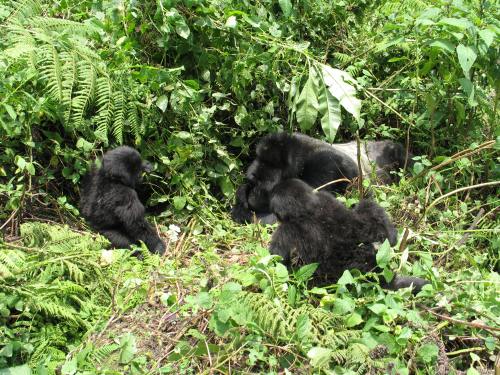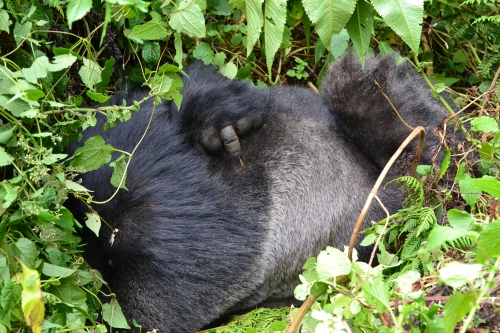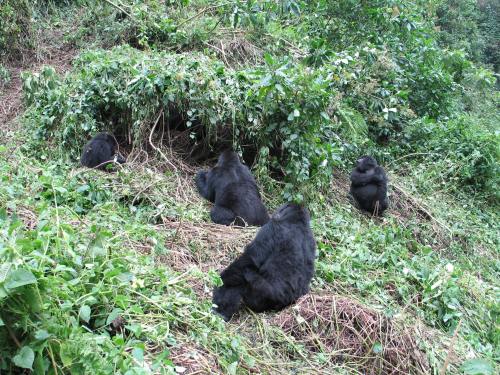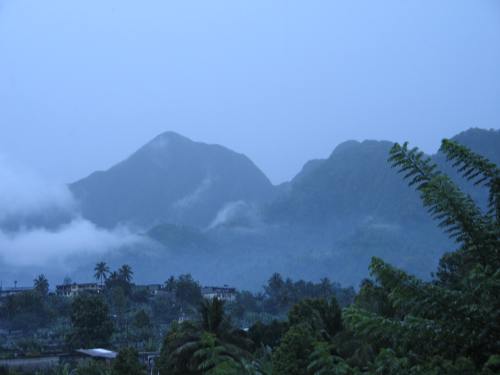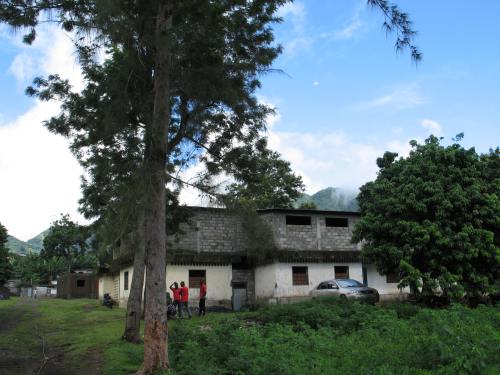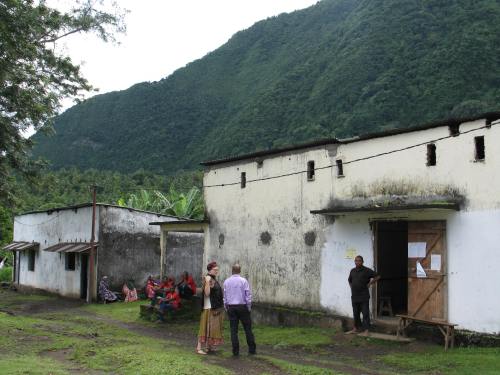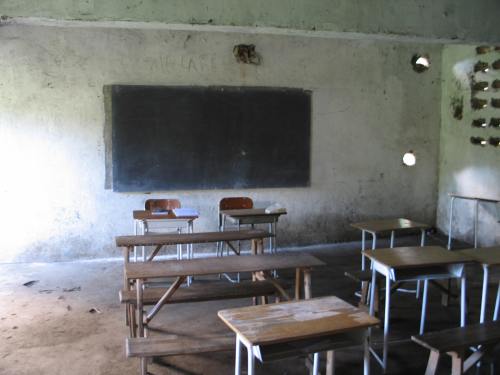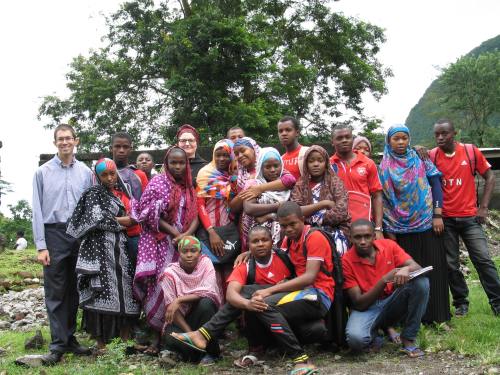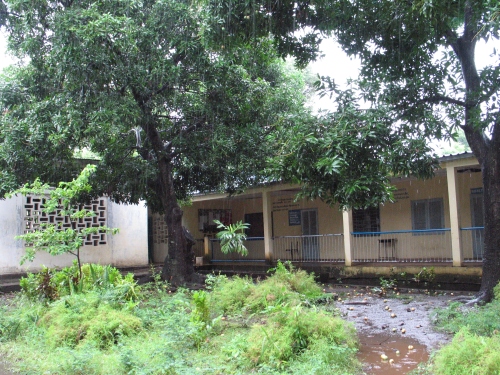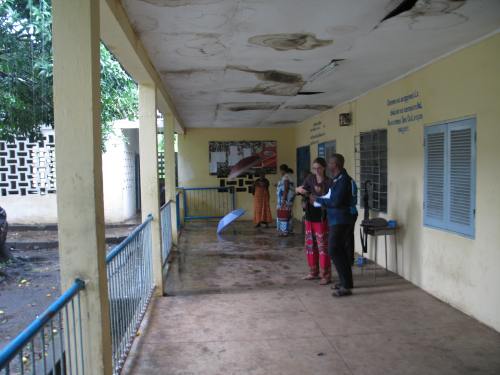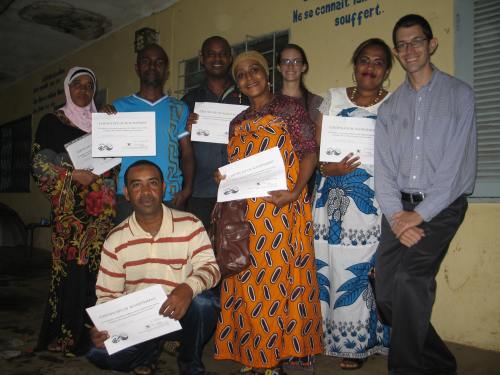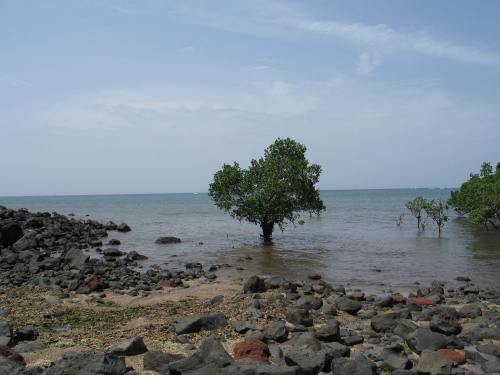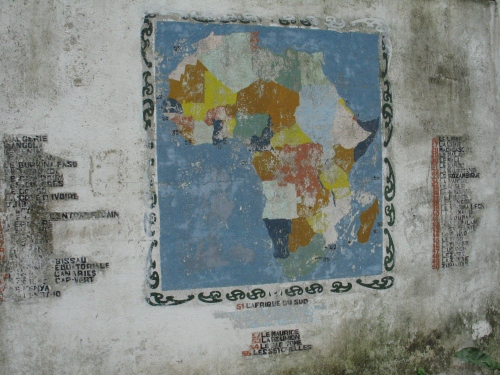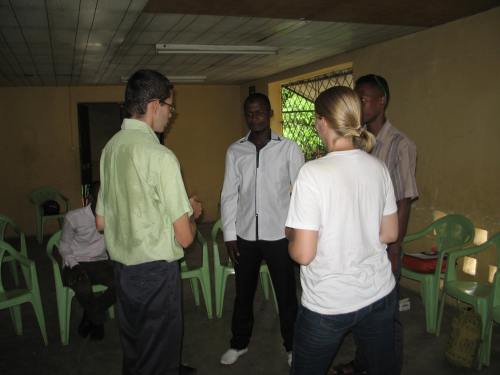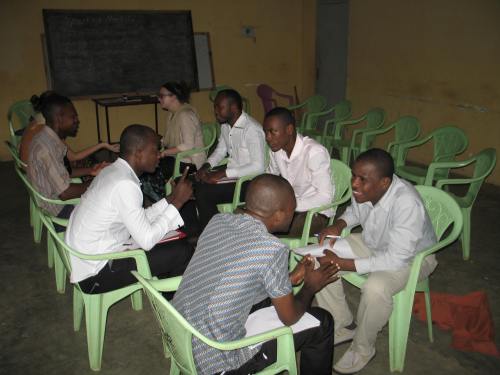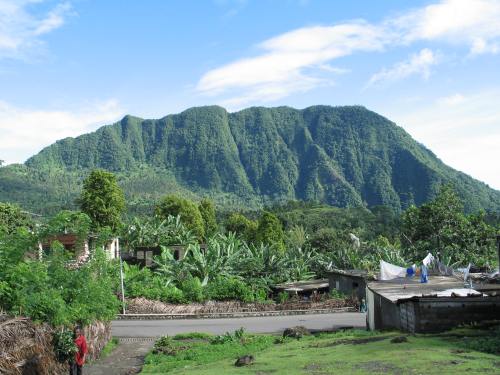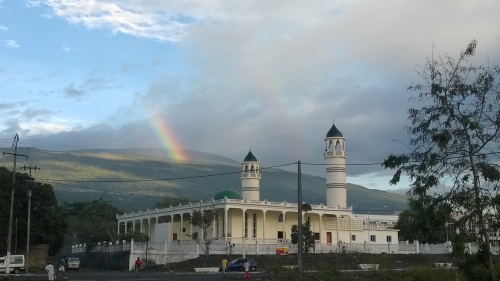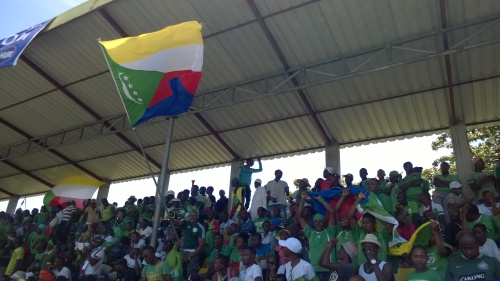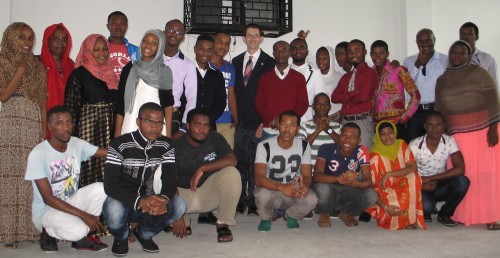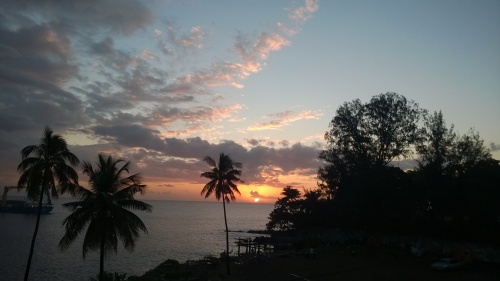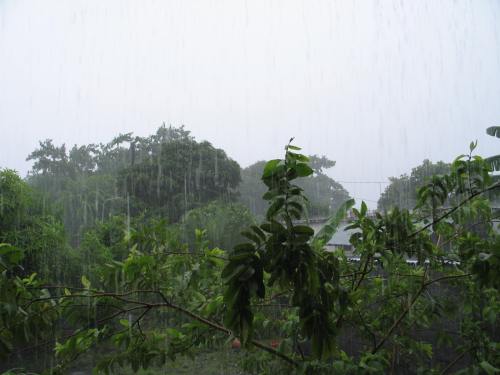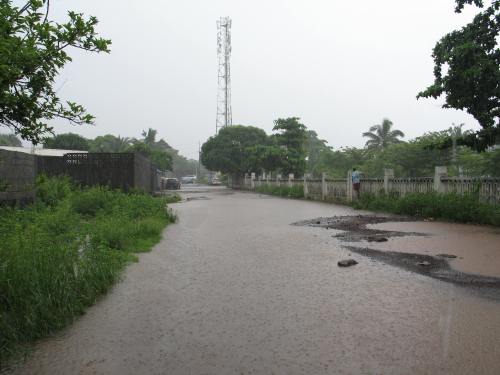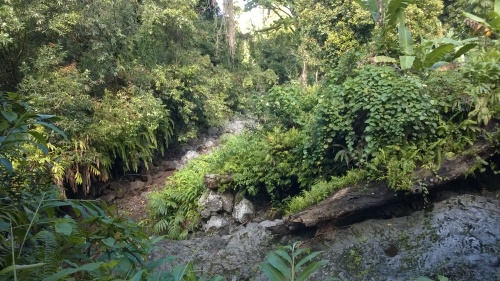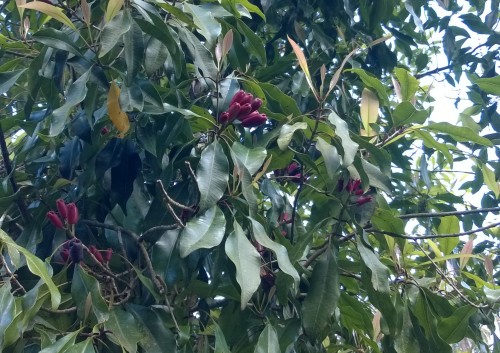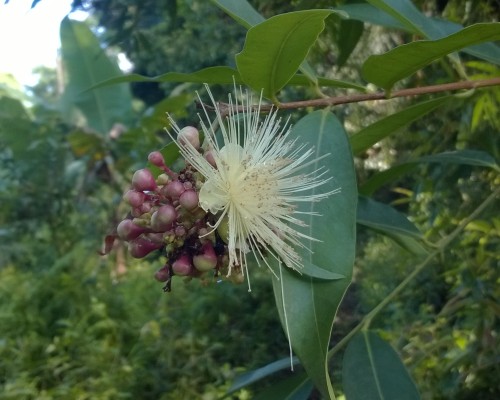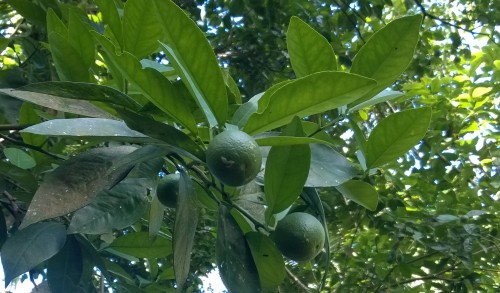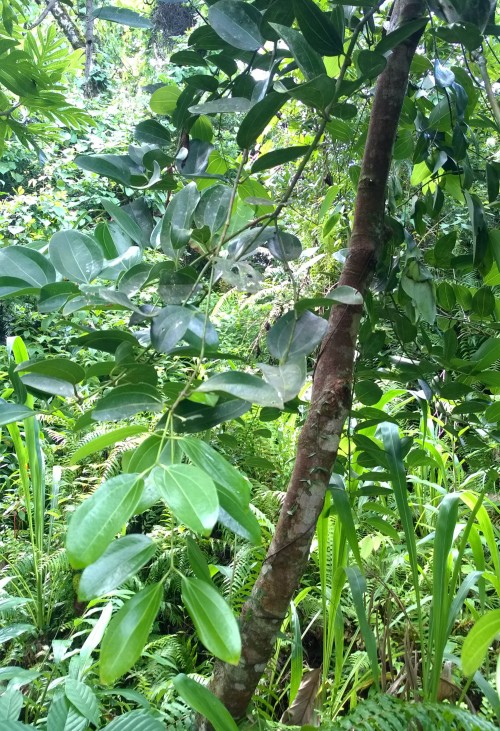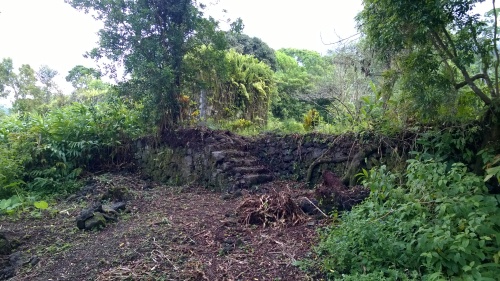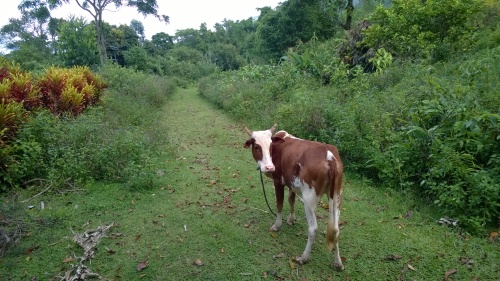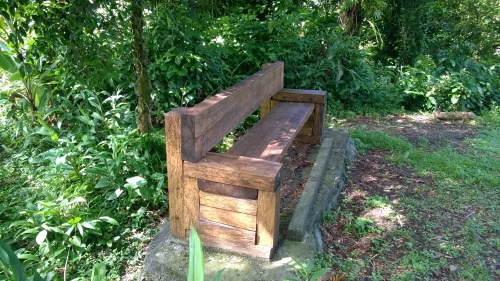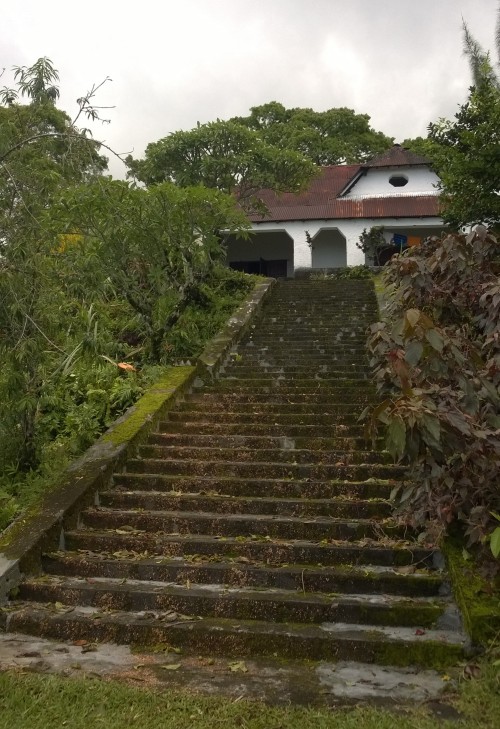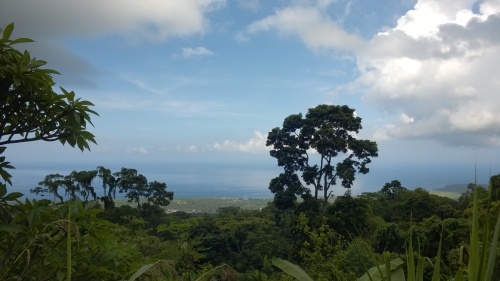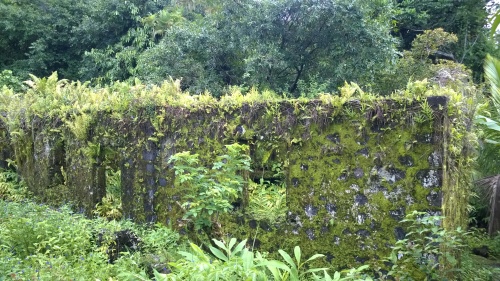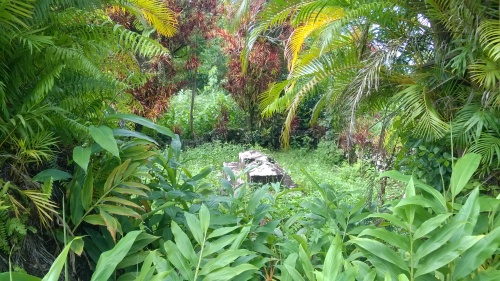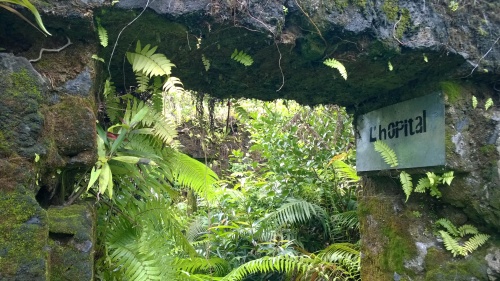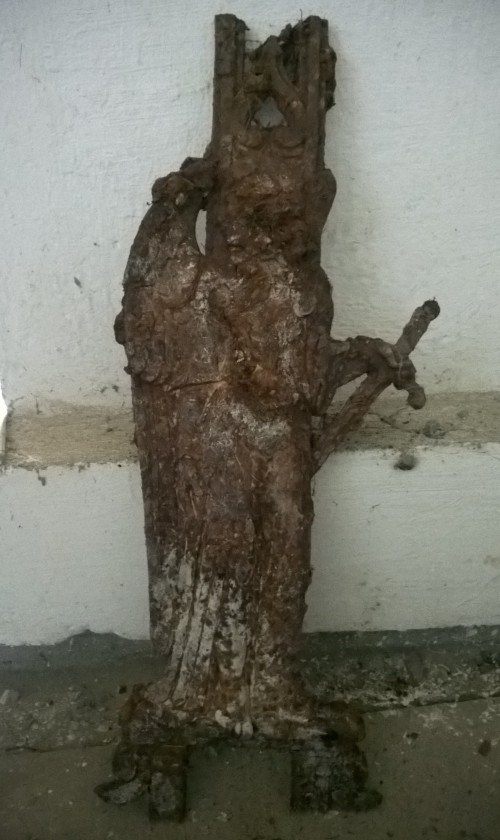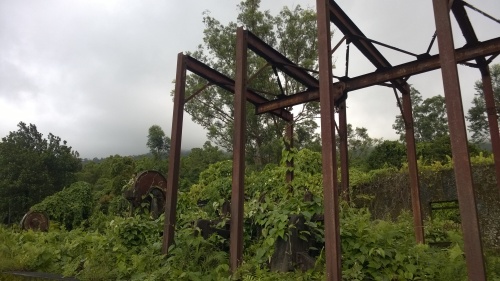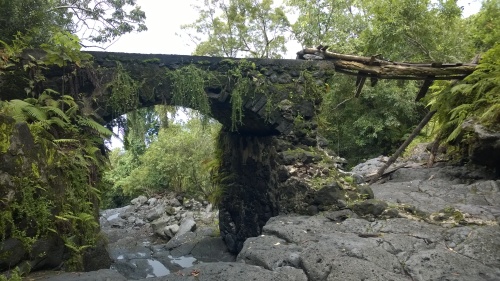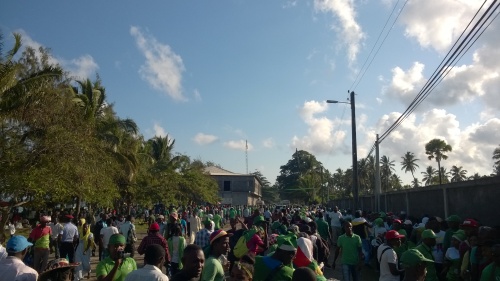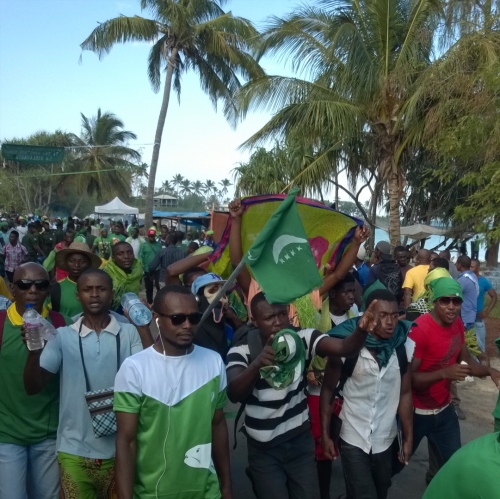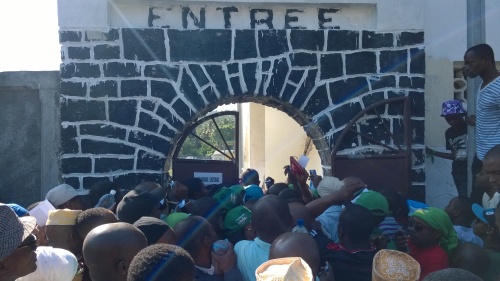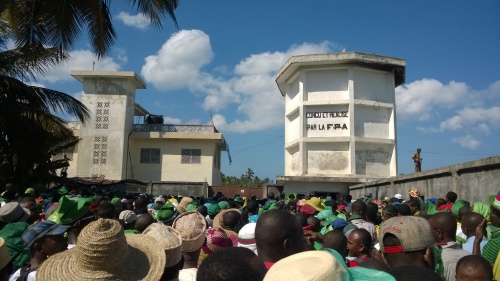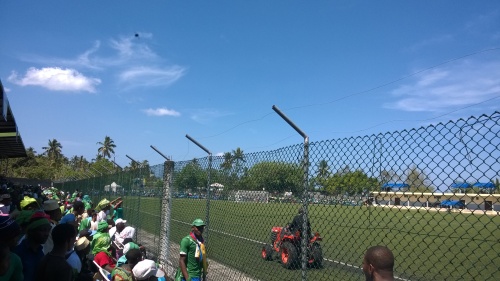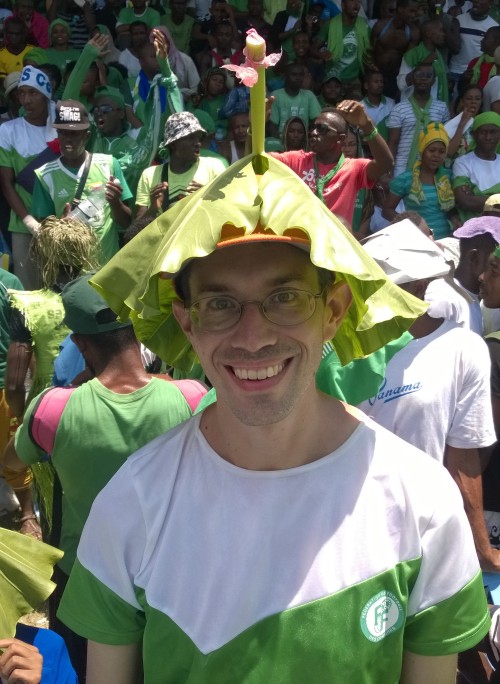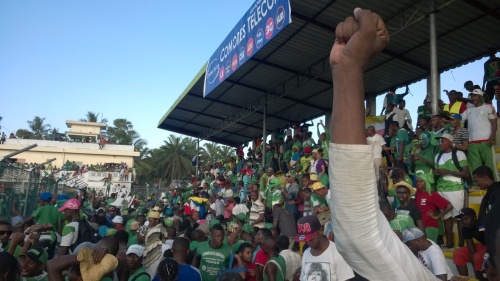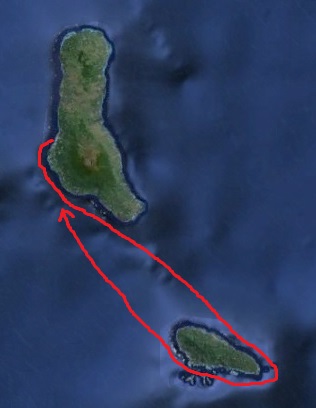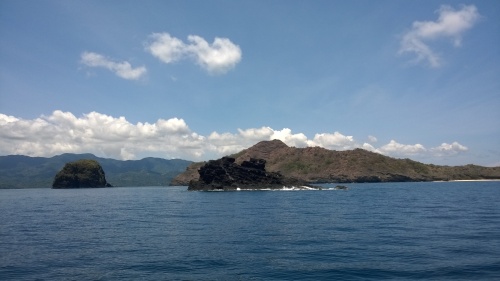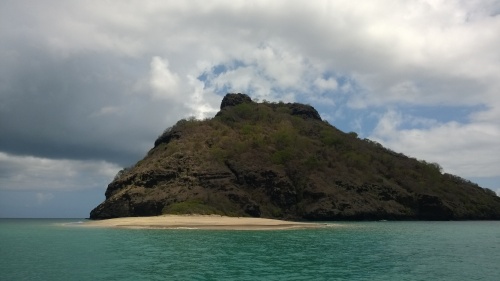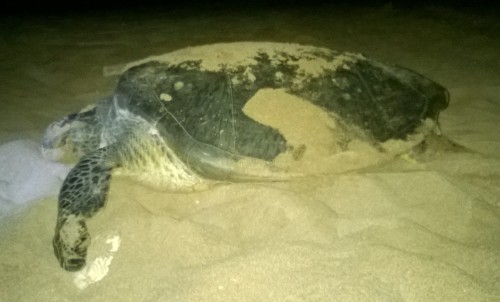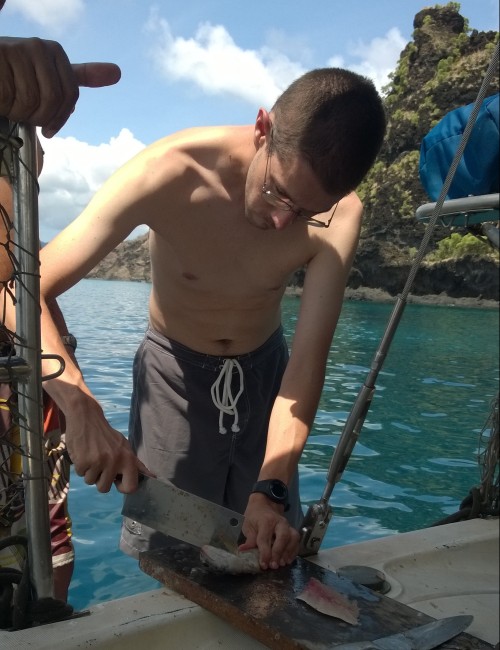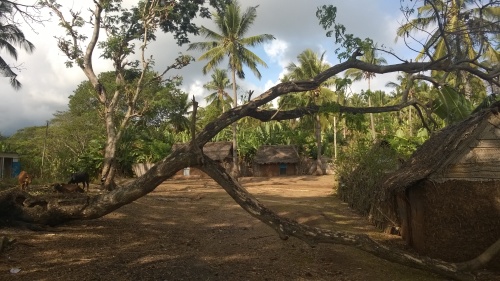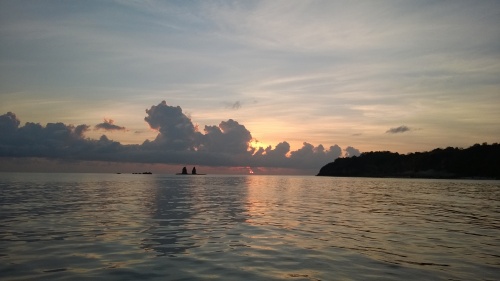It has been three months since I returned to the United States from Comoros, and that transition has been especially on my mind with the recent arrival of Peace Corps Comoros’ second group of volunteers and a wonderful visit here in Colorado from two dear friends from PC-Comoros who happened to both come to Denver at the same time.
The old adage that practice makes perfect also applies to transitions between countries, and each time that I have moved to another place, my experiences of culture shock (or reverse culture shock) have been less frequent and less intense. Of course, the cliché of returning to the US and trying unsuccessfully to choose from 87 different varieties of toothpaste or to order from a menu the size of an atlas is real, but I always struggle to make those choices quickly no matter how well settled I am.
In my return from Comoros, the only surprising bit of reverse culture shock has been an occasional touch of road rage, which is something I had never experienced before. In my seventeen years of driving, I’ve always been able to stay calm (and get out of the way) when other drivers do crazy/dangerous things, and heaven knows that the fractured asphalt of Moroni was host to circus far beyond even the most unruly roads in the US, but I was quite good at staying zen in the midst of that chaos. Somehow it’s this current transition back to the comparatively orderly traffic of Colorado that has my blood boiling a little when someone weaves through traffic or cruises through a stop sign. Knowing rationally that my reaction stems from a foolish presumption that the rules of the road in America could be completely effective at preventing the universal human predilection towards dickish behavior does little to assuage my entirely emotional reaction. Stop being so reckless with your fast-moving box of potentially people-smashing metal!
Some other big differences that have stood out to me as I’ve been readjusting to the US from Comoros over the last three months:
- I’d gotten used to a steady stream of bug bites in Comoros (even with repellent and sleeping under a mosquito net, there’s only so much you can do), and I was pretty good at using force of will to resist scratching and not aggravate the itch, but that mental toughness faded quickly when I wasn’t getting bitten here. When I got a bunch of bites in Louisiana, I could not handle the itching.
- Having good public pools here in Denver is awesome, but it’s no substitute for being able to jump into the warm, clear water of the Indian Ocean and snorkel above amazing coral and fish.
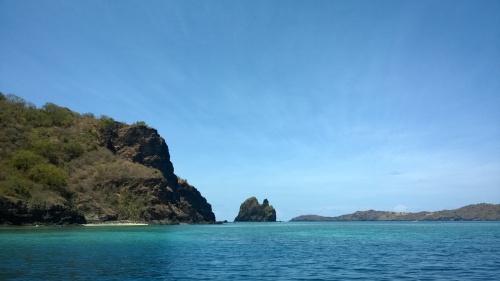
- Running water and electricity on-demand, 24-hours a day is like sorcery. Seriously, it’s crazy to just be able to flip a switch or turn a knob with absolute confidence that a light will come on or clean drinking water will start pouring out.
- I miss the teachers I was working with and the students I was teaching. There were lots of challenges and frustrations working in Comoros, to be sure, but it is energizing to work with smart, motivated people with a shared sense of purpose. In addition to the pleasure of being able to help good people achieve their goals, it’s a pretty awesome ego boost to be looked up to by bright people with great things in their futures. There’s a sense of purpose that comes from doing good work that matters, and the end of such work always leaves a void, even if you’re leaving to do something else that is also very important.
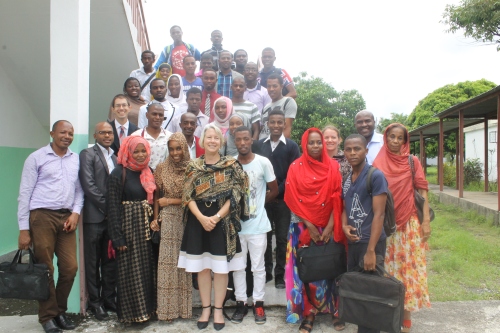
- Productivity has a very different feel in America. I have a much longer to-do list here, but I also am able to cross things off of it much more quickly and consistently.
- The often unpleasant amount of sound is actually pretty similar between my life in Moroni and now in Denver, but each one is a very different sonic atmosphere. In Comoros, it would be noisy from clear sources, like the roaring crowd that gathers when someone in the neighborhood has a projector to show a Real Madrid match or the mosque in front of my house testing the limits of their loudspeakers for the call to prayer, but in the US it tends to be more undifferentiated noise from the combination of lots of cars and other sources of noise all blending together.

- Plenty of ink and electrons have been spilled about Donald Trump and this crazy election cycle, and I don’t have anything to say about the politics of it that hasn’t already been said by others. In terms of the experience of coming back in the middle of it, while I was in Comoros I thought I must have been seeing only a partial picture that made things seems more bizarre than they really were, but then I came back to discover that no one can really explain what’s going on and everyone is unhappy, confused, and upset. It’s all even more disturbing and unfathomable up close.
- There are beautiful sights in both places, but it feels like in Colorado I do have to make a little effort to seek out that beauty, while in Comoros I often stumbled upon it without even trying. Of course, that could also be function of my many years of familiarity with Colorado, as opposed to the fresh eyes with which I saw Comoros.
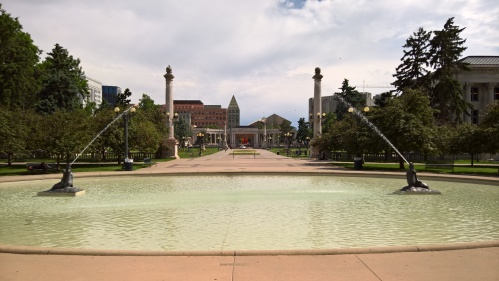
- People respond very differently to the discomfort of talking about incurable illness and death. Everyone is different, but from Comorians I often hear messages of unshakable hope (usually explicitly religious) and encouragement to be strong, while the typical response from Americans is more focused on how my mom and I are feeling while avoiding direct mention cancer or illness in general.
- Alone time and personal space work differently. There are many more people in Denver than in Moroni, but here the default setting is to move through my day on my own, and connecting with other people happens in specific contexts or through a conscious choice. In Comoros that was flipped, as my time was automatically spent talking with or otherwise engaging with other people unless I made a deliberate effort to step back to work on something or have some time with my thoughts. Both modes have their advantages and disadvantages, and I’m very glad that for this transition I had the built-in structure of all the things I’m doing with my mom to minimize the potential isolation of reacclimating to the US.
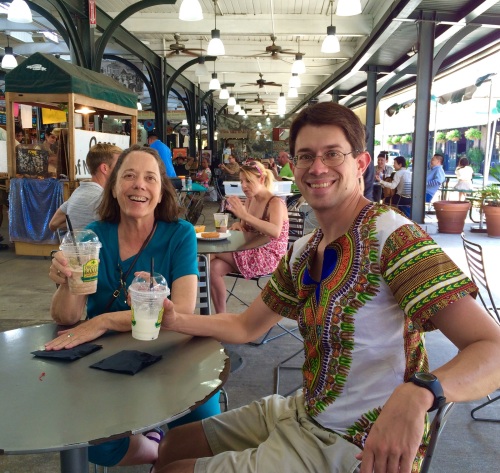
- I am not built for the heat. Of all the challenges of Comoros, coping with the heat and humidity was my biggest struggle, especially at night, as I can’t sleep when I’m too hot. Having a bedroom that’s cool enough to sleep under a blanket makes me very happy.
- When it comes to weather, I prefer variety to consistency, and I really love having changing seasons. It was a bit of a shock coming from a tropical climate to Colorado in March, especially as we had greater than usual frequency and quantity of spring snow, but even that cold weather was welcome. Warm weather is great, but I appreciate it more when there’s other weather to provide a contrast.
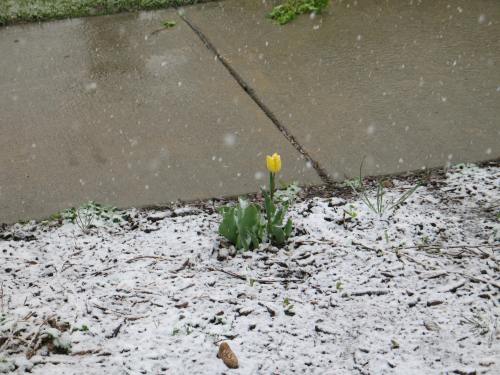
- It didn’t take me long to get readjusted to American standards of dress, but I suspect that my eyes were bugging out a lot early on at the sight of so many bare shoulders and low necklines (and I had another little round of double-takes when the weather warmed up and everyone broke out their shorts).
- Not long after I got back, Denver opened a new train line between the airport and downtown that has a stop just a few blocks from my house, and I already love it so much. American public transit leaves a lot to be desired, but everything is relative, and after dealing with the nightmare that is transport in Comoros, the existence of a fast, clean, car-free option to get around is magnificent.
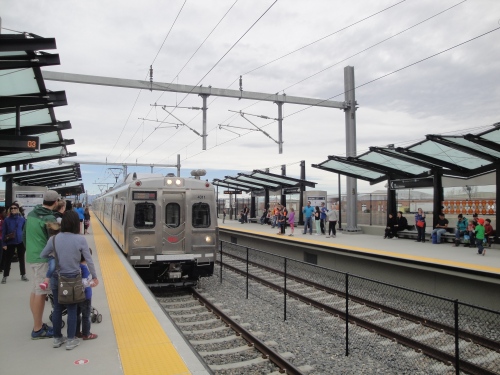
In spite of all the many differences between different parts of the world, what always strikes me most profoundly in each place I’ve been is how fundamentally similar people are. The dissimilarities shock us partly because so much of life is the same. How people act when they are hungry or tired, the attraction we feel for beautiful things, our sad propensity to judge what we have by what others have rather than by what we need, the love that parents feel for their children (and vice versa), the pain of injuries and disease, the warmth and cooling of the weather (and our elaborate efforts to moderate both to within a comfortable range) and so many other qualities show up in people everywhere. There are so many different ways to be human, and one of the joys of travel is getting to experience enough of the variations to also recognize underlying theme of our shared human experience.

